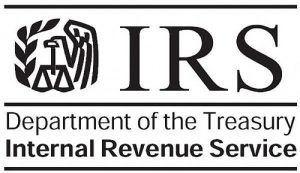IRS Offers Tips for Late Filers

 While the federal income tax-filing deadline has passed for most people, there are some taxpayers still facing tax-related issues. This includes people who still haven’t filed.
While the federal income tax-filing deadline has passed for most people, there are some taxpayers still facing tax-related issues. This includes people who still haven’t filed.
This year, the IRS provided taxpayers an additional day to file and pay their taxes following system issues that surfaced early on the April 17 tax deadline.
Anyone who did not file and owes tax should file a return as soon as they can and pay as much as possible to reduce penalties and interest.
For those who qualify, IRS Free File is still available on IRS.gov through Oct. 15 to prepare and file returns electronically.
Filing soon is especially important because the late-filing penalty on unpaid taxes adds up quickly.
Ordinarily, this penalty, also known as the failure-to-file penalty, is usually 5 percent for each month or part of a month that a return is late.
But if a return is filed more than 60 days after the April due date, the minimum penalty is either $210 or 100 percent of the unpaid tax, whichever is less. This means that if the tax due is $210 or less, the penalty is equal to the tax amount due. If the tax due is more than $210, the penalty is at least $210.
In some instances, a taxpayer filing after the deadline may qualify for penalty relief. If there is a good reason for filing late, be sure to attach an explanation to the return.
Alternatively, taxpayers who have a history of filing and paying on time often qualify for penalty relief.
A taxpayer will usually qualify for this relief if they haven’t been assessed penalties for the past three years and meet other requirements.
If you do owe the IRS money this year, you can go online to IRS.gov/payments to view your balance, pay with IRS Direct Pay, by debit or credit card or apply online for a payment plan, including an installment agreement.
